Cooking pasta might seem like a straightforward task, but achieving that perfect ‘al dente’ texture and infusing it with flavors that make it irresistible requires a bit more finesse than simply boiling water and adding noodles. Italy’s staple dish, pasta, is a culinary art form that has been perfected over centuries. From the type of pasta to the cooking method and the sauce pairing, every detail counts. In this guide, we’ll delve into the intricacies of how to cook pasta to perfection, ensuring every bite is a delightful journey through flavors.
Understanding Pasta Types
Before diving into the cooking process, it’s crucial to understand the various types of pasta available. Each shape and size is designed to complement specific sauces and cooking techniques. For instance, long pasta like spaghetti or fettuccine pairs well with rich, creamy sauces that can coat each strand evenly. Shorter pasta shapes, such as penne or rigatoni, are ideal for chunkier sauces because their hollows or ridges can trap and hold the sauce, enhancing the eating experience.
Moreover, pasta made from durum wheat semolina (common in Italy) offers a firmer texture and a slightly nutty flavor, making it perfect for ‘al dente’ cooking. Fresh pasta, often homemade or found in specialty stores, has a shorter cooking time due to its softer dough and can be more delicate in texture.
Selecting the Right Water and Pot
The quality of water used for cooking pasta is often overlooked but plays a significant role. Use plenty of water – ideally, a large pot filled about halfway – to ensure there’s enough space for the pasta to move freely. This prevents sticking and ensures even cooking. Tap water is usually sufficient, but if you have access to mineral water, it can add a subtle enhancement to the pasta’s flavor.
Always bring the water to a rolling boil before adding the pasta. A vigorously boiling pot ensures that the pasta cooks quickly and evenly, maintaining its structure and texture. Adding a generous amount of salt to the boiling water (about a tablespoon per 4-6 quarts of water) seasons the pasta from within, making each bite burst with flavor.

The Art of ‘Al Dente’
Achieving the perfect ‘al dente’ texture is the hallmark of well-cooked pasta. ‘Al dente’ translates to ‘to the tooth,’ meaning the pasta should be firm to the bite, with a slight resistance when chewed. Overcooked pasta becomes mushy and loses its appeal, while pasta cooked too little remains hard and chewy.
The cooking time varies depending on the type and thickness of the pasta. Generally, dried pasta takes around 8-12 minutes, while fresh pasta cooks in half the time. Always check the package instructions for a rough estimate but be prepared to adjust based on your taste preference.
To test for doneness, reserve a piece of pasta a few minutes before the estimated cooking time. Taste it; if it’s slightly firm but not raw inside, it’s close. Continue cooking and test again until you reach the desired texture. Once perfect, quickly remove the pasta from the boiling water using a pasta fork or strainer to prevent overcooking.

The Reserve Pasta Water Technique
Don’t discard the pasta cooking water once you’ve drained the pasta. Known as ‘pasta cooking liquor,’ this starchy water is a chef’s secret weapon for enhancing sauces. A splash or two of reserved pasta water can thicken sauces, help them adhere better to the pasta, and add a subtle, glutenous richness that ties all the flavors together.
Sauce Perfection
The sauce is the soul of pasta dishes. From classic tomato-based marinara to creamy Alfredo, the sauce should complement the pasta without overpowering it. Here are a few tips for sauce mastery:
-
Homemade vs. Store-Bought: While convenient, store-bought sauces often lack the freshness and depth of homemade ones. Making your own sauce, even if it’s a simple tomato sauce with garlic and olive oil, can elevate your pasta dish to a whole new level.
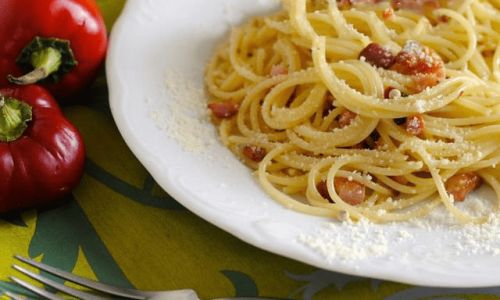
-
Balance of Flavors: A well-balanced sauce has a harmony of acidity, sweetness, saltiness, and sometimes bitterness. For example, a good marinara sauce might include a pinch of sugar to balance the acidity of tomatoes.
-
Finishing Touches: Don’t forget to finish your sauce with a drizzle of extra virgin olive oil, a handful of freshly grated Parmesan cheese, or a sprinkle of fresh herbs like basil or parsley. These simple additions can make a world of difference.
Combining Pasta and Sauce
The best way to combine pasta and sauce is to do it in the serving bowl or the pot you cooked the pasta in (after draining it). This method, known as ‘finishing in the pan,’ allows the pasta to absorb the sauce’s flavors more evenly and creates a creamy, cohesive dish. Toss the pasta gently with the sauce, adding reserved pasta water as needed to achieve the desired consistency.
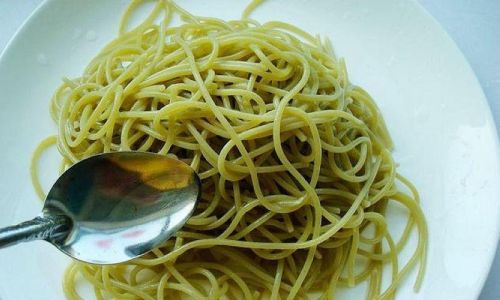
Serving and Enjoying
Finally, serve your pasta hot, ideally immediately after combining it with the sauce. Pasta tends to lose its texture and flavor if left to sit for too long. Garnish with freshly grated cheese, a drizzle of olive oil, and a sprinkle of herbs for an extra touch of elegance.
In conclusion, cooking delicious pasta is a blend of science and art. By understanding pasta types, mastering the boiling process, achieving ‘al dente’ perfection, utilizing pasta cooking liquor, crafting flavorful sauces, and combining them thoughtfully, you can transform a humble pot of pasta into a culinary masterpiece. Remember, the key to great pasta lies in attention to detail and a passion for creating memorable meals. Buon appetito!

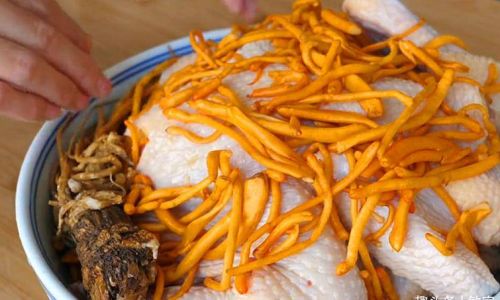

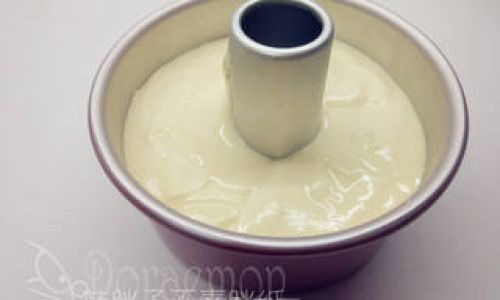
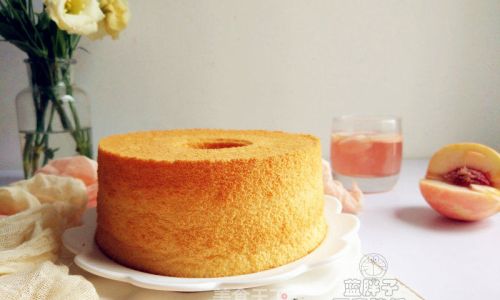
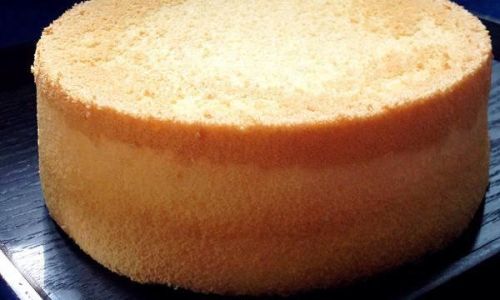
0 comments